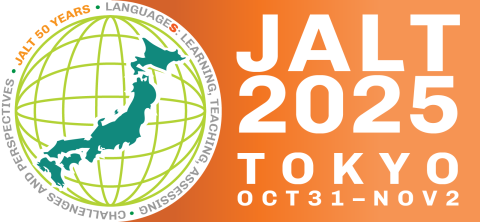Reference Data:
Hao, J. & Huntley, M. (2025). How university EFL learners disagree via Flip videos. In B. Lacy, M. Swanson, & R. P. Lege (Eds.), Moving JALT into the Future: Opportunity, Diversity, and Excellence. JALT. https://doi.org/10.37546/JALTPCP2024-31
This study introduces how Japanese university EFL learners express disagreement using asynchronous Flip videos and proposes an instructional model for pragmatic competence. Drawing on a comprehensive literature review of disagreement strategies among native and non-native English speakers, the study identifies gaps in existing research, particularly regarding the pragmatic challenges faced by Japanese learners. Sixteen participants created videos expressing disagreement on selected discussion topics, which were analyzed using frameworks adapted from Rees-Miller (2000) and Scott (2002). Results reveal a preference for softened disagreements employing negative politeness strategies and a limited range of linguistic features, such as repetitive use of downtoners and modals. To address these challenges, the awareness-observe-analysis-application model is proposed, emphasizing cultural sensitivity and practical application.
本研究は、日本の大学生EFL学習者が非同期型Flipビデオを用いてどのように不同意を表現するかを調査し、語用論的能力を育成するための指導モデルを提案するものである。英語母語話者および非母語話者の不同意表現に関する包括的な先行研究を基に、本研究は特に日本人学習者が直面する語用論的課題に焦点をあわせ、既存の研究のギャップを特定した。16名の参加者が選択されたディスカッションテーマについて不同意を表現するビデオを作成し、Rees-Miller (2000) および Scott (2002) の枠組みを基に分析された。結果として、学習者はネガティブ・ポライトネス戦略を用いた緩和された不同意タイプを好む傾向があり、ダウントナーや法助動詞の反復的使用など、限られた範囲の言語的特徴が明らかになった。これらの課題に対応するために、文化的感受性と実践的応用を重視したawareness-observe-analysis-application(意識ー観察ー分析ー応用)モデルを提案する。


